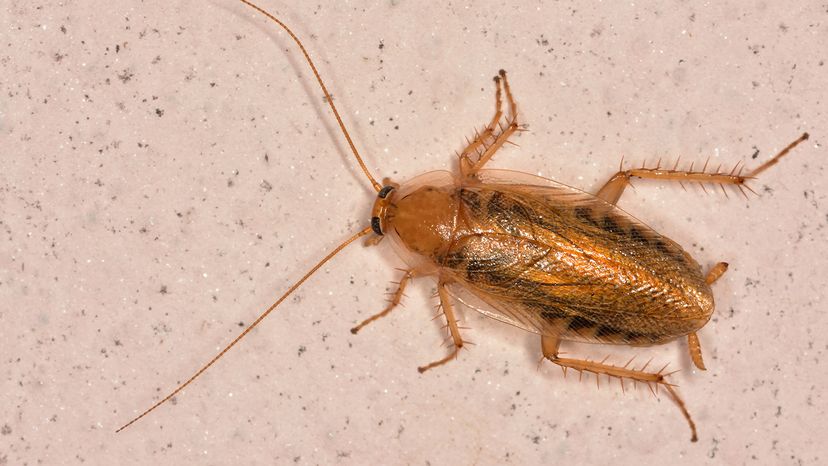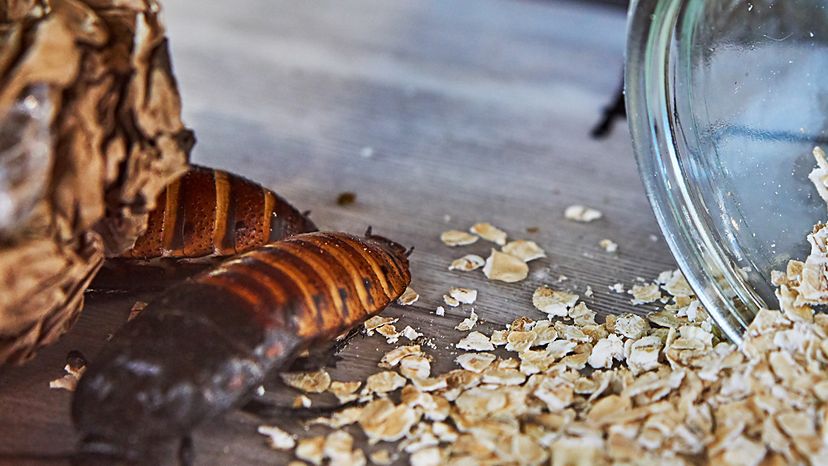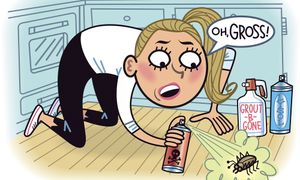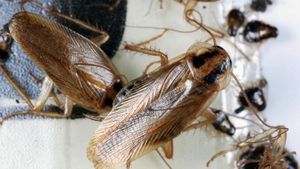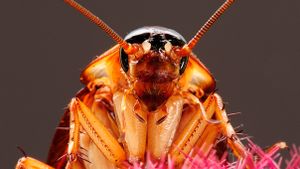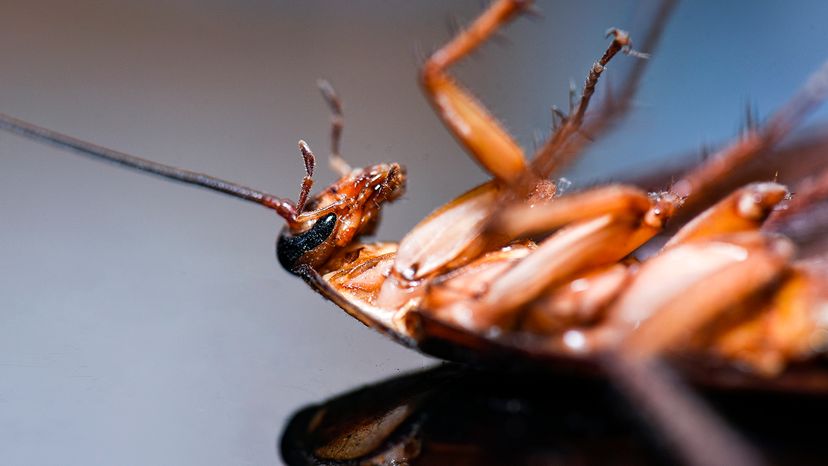
Spotting a roach can trigger immediate alarm but not all roaches are the same. While wood roaches might startle you, they aren't the same threat as German or American cockroaches.
Understanding wood roach vs. cockroach differences is key to knowing whether you're dealing with a nuisance or a full-blown infestation.
Advertisement
Here’s how to tell the difference between these cockroach species and what you need to know about their habits, habitats and behaviors.
